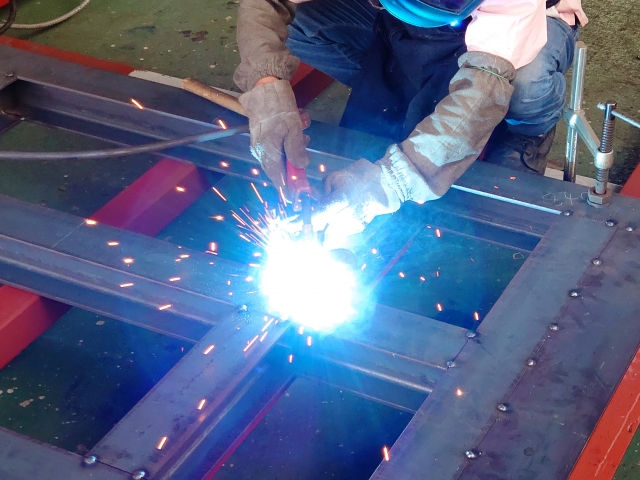Surface treatment and necessary equipment for plastic coating
- SANKO GOSEI
- Jun 15, 2023
- 2 min read

Plastic painting is done for the purpose of improving the external appearance (multicolor can be made relatively easily. It can also have a metallic appearance), lowering electrical insulation, improving light resistance, and adding antibacterial properties. .
Coating is generally more economical than hot stamping. In addition, it is easy to process uneven surfaces that are difficult to process by hot stamping. However, masking is difficult due to the shape of the parting (boundary between coated and non-coated portions), and in some cases it is technically, economically and aesthetically inferior to hot stamping.
In addition, conventionally, the type of coating that uses an organic solvent has been the mainstream. Recently, however, the development of water-based paints has progressed in response to environmental problems.
①Pretreatment for painting
Releasing agents are often used in molding. In this case, if a silicon-based releasing agent is used, the surface of the molded product will repel paint and the coating will not adhere. Therefore, when the release agent is unavoidably used, a stearate-based release agent is used. Also, the release agent adhering to the molded article can be removed with a solution such as alcohols or hexane, a neutral detergent, sanding, or the like.
Because resins with low polarity have poor adhesion, the surface polarity of polyamides is treated with phosphoric acid, and polyolefins are treated with halogenation, UV exposure, strong oxide treatment, flame radiation, corona discharge, etc. It is necessary to create a base and then paint.
Remove dust adhering to the molded product with ionized air or a blower. As a method to prevent dust from adhering to the molded product, it is possible to spray it with an antistatic agent and remove the release agent, or wipe it off with a cloth.
②Painting method
There are various types of painting methods, but air spray painting is the mainstream for plastic painting. However, for painting simple shapes, airless spray is sometimes adopted due to its good productivity. In spray coating, the combination and viscosity of coating and solvent, spray pattern discharge amount, spray distance, angle, speed, interval, direction, number of times, etc., have an important effect on the quality of the coated product. If the paint and solvent are not from the same manufacturer, unexpected defects may occur.
③Coating equipment
When designing the painting room, the walls, ceiling, lighting fixtures, booth top, etc. should be dust-free, and the air intake method should be suitable for the painting room. Consideration such as (since forced air supply is poor in economic efficiency and workability, take a large filter area) is necessary. The use of robots in the painting process contributes to stable quality. In addition, it is possible to equip a coating apparatus with a single mechanism for coating, setting, and drying processes at a relatively low cost. Table 1 shows an outline of the coating equipment
Table 1 Overview of coating equipment











Comments